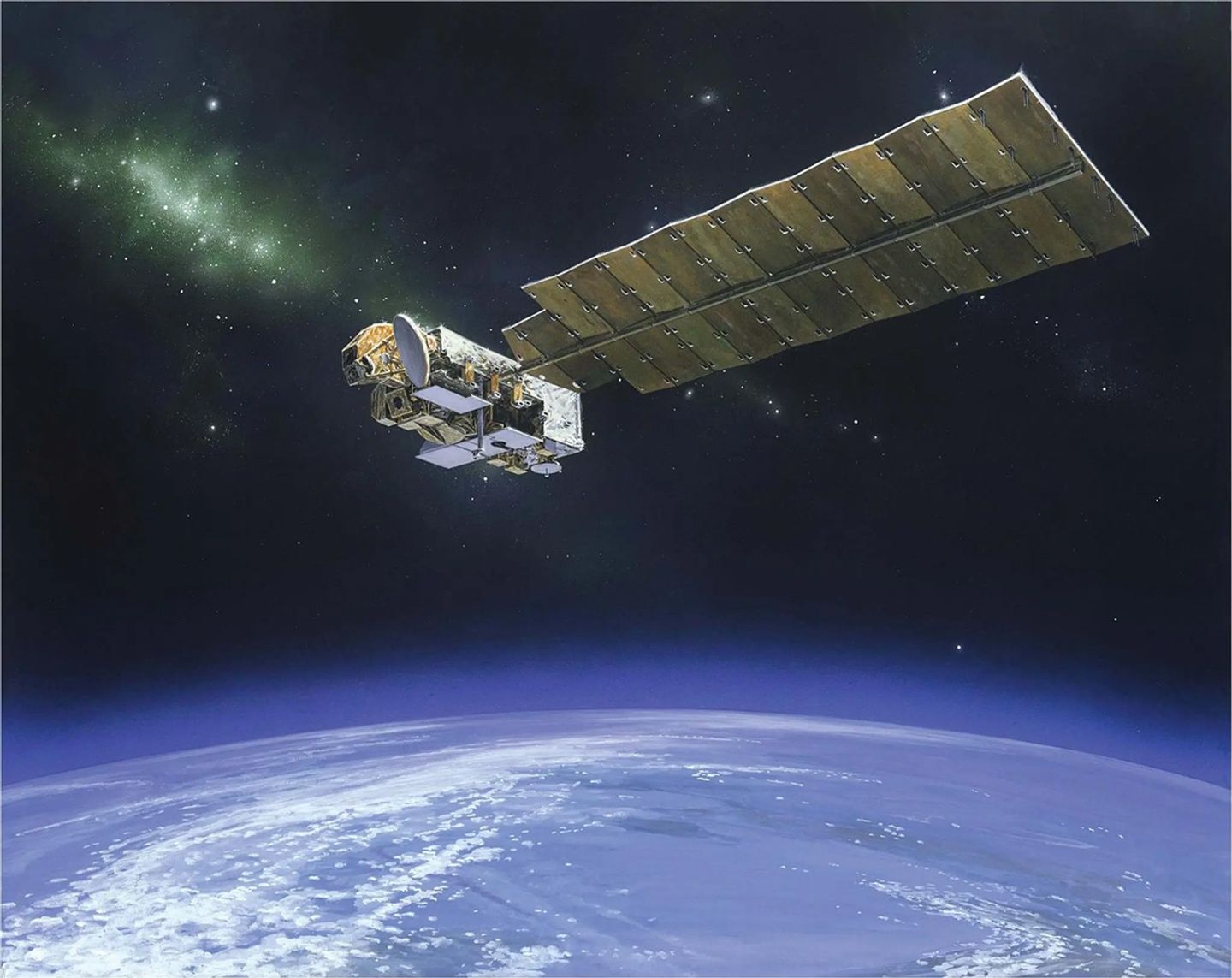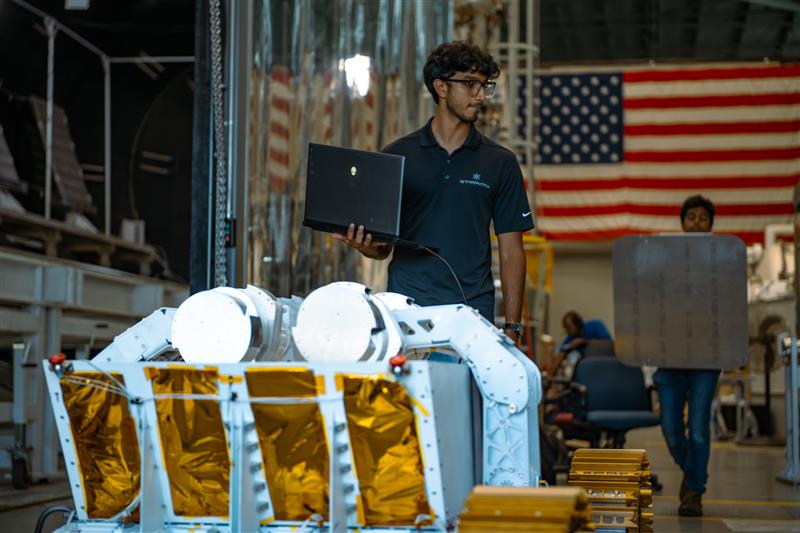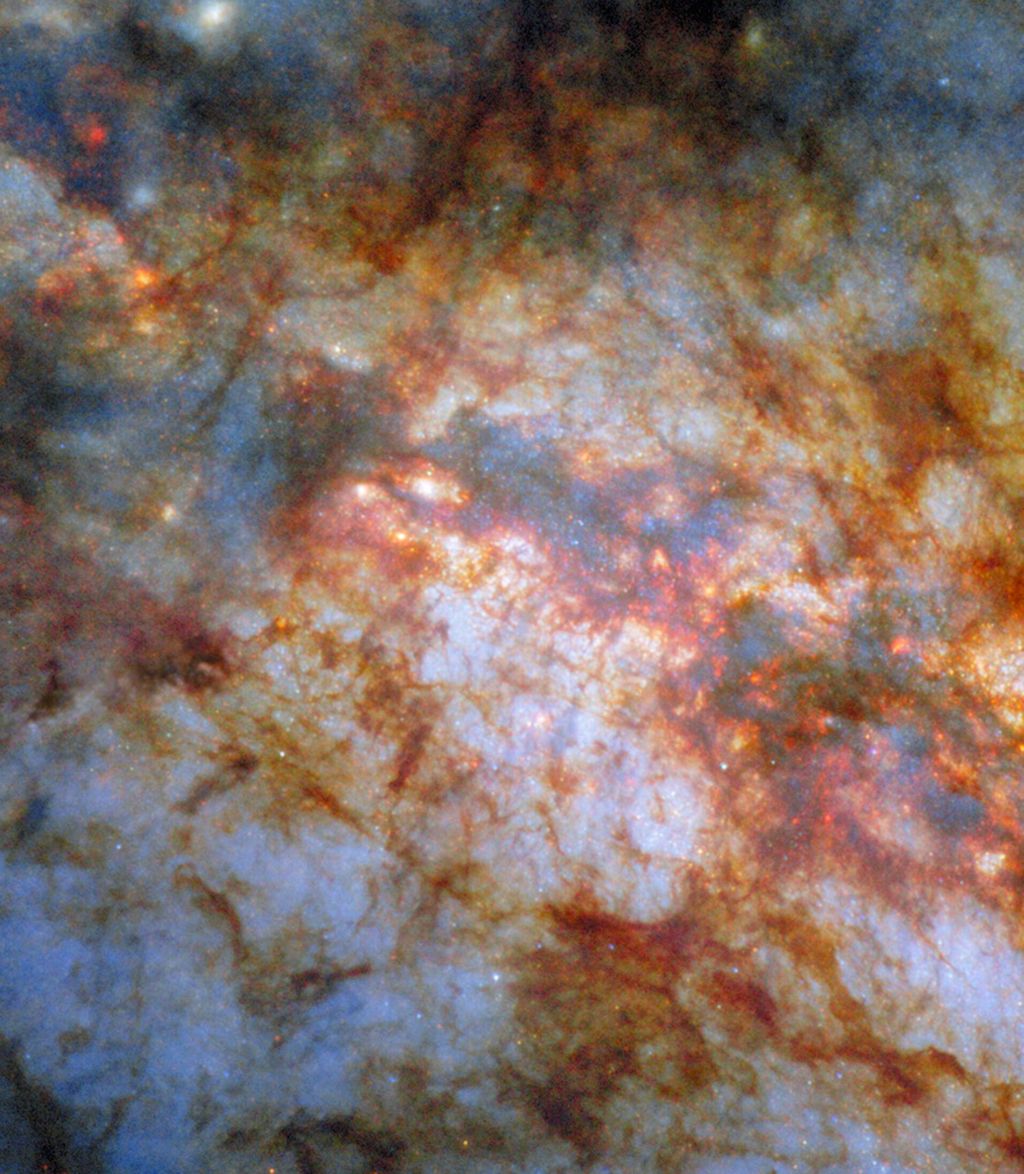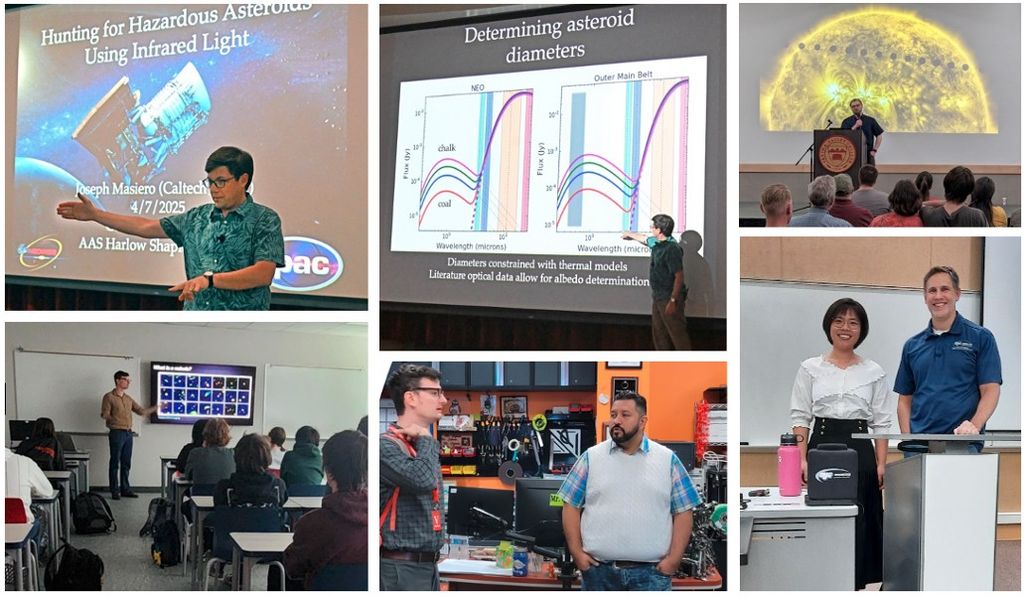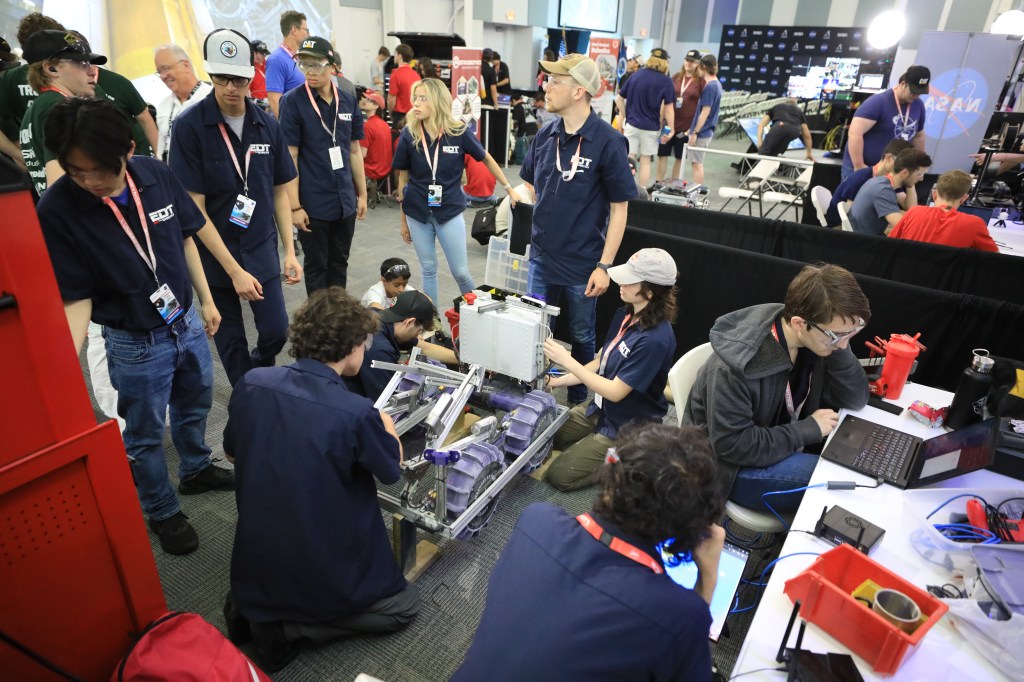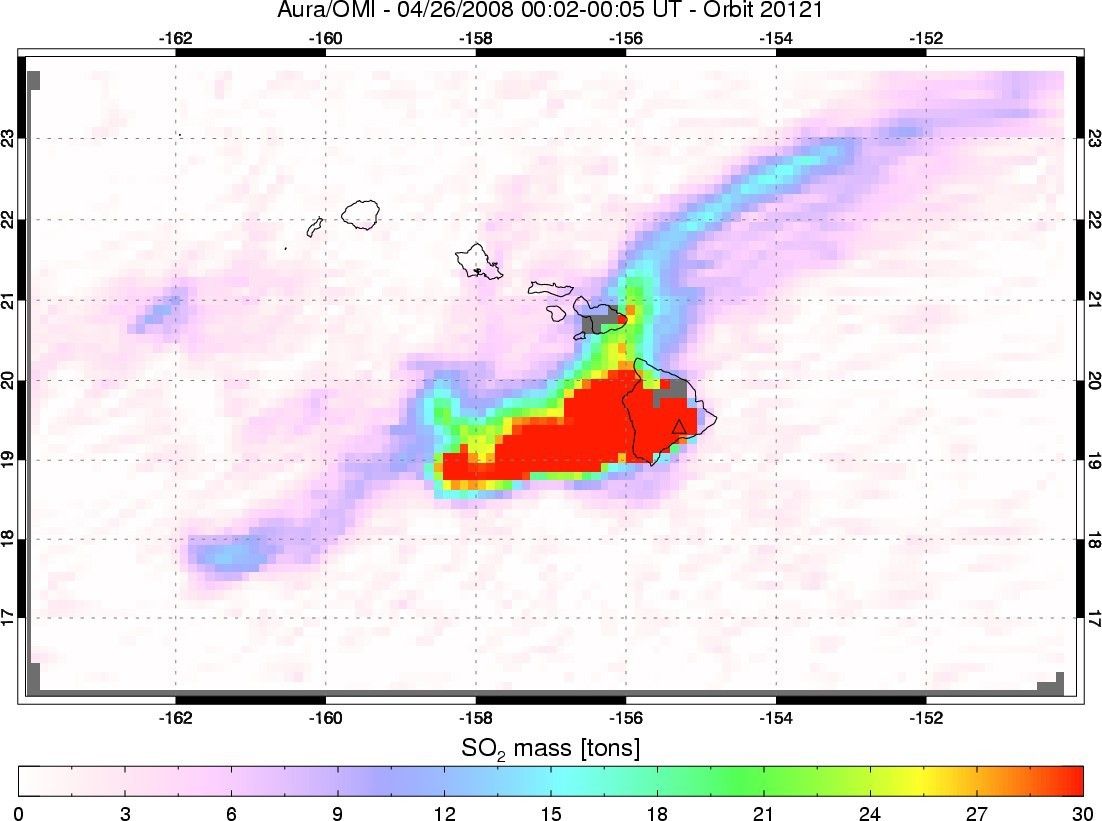Sulfur Dioxide over Kilauea Volcano
In late April 2008, Kilauea Volcano on Hawaii's big island continued its pattern of increased activity, including elevated seismic tremors and emissions from the volcano's Halema'uma'u vent. As Kilauea emitted ash and steam, Aura's Ozone Monitoring Instrument (OMI) recorded both the visible volcanic emissions, and the concentrations of one volcanic pollutant not visible to human eyes.
Sulfur dioxide is a common volcanic pollutant, and it can pose a threat not only to to human health, but animal health, and plant life. High levels of SO2 can cause breathing difficulty and respiratory illness and aggravate existing heart disease in sensitive groups. This gas can also react with other chemicals in the air and convert to a small particle that can lodge in the lungs and cause similar health effects. These sulfate particles can also create haze and reduce visibility in national parks. Sulfur dioxide can chemically convert to acids in the atmosphere and deposit out in rain, snow, fog or as dry particles. Such atmospheric deposition can damage vegetation, affect soils, acidify lakes and streams, and ruin memorials, buildings, and statues at our national cultural monuments.
Vog, or volcanic fog, forms when sulfur dioxide gas reacts with sunlight, oxygen, dust particles, and water in the air. Tiny droplets known as sulfate aerosols are created, along with sulfuric acid and other substances.
The greatest concentration appears over Hawaii's big island and immediately west-southwest, but lower concentrations spread both toward the southwest and the northeast. Sulfur dioxide mass is scaled from 0 to 30 metric tons in this image, although some of the highest concentrations were actually greater than the top end of scale used for this image.
Hawaii Volcanoes National Park closed while officials wait for a change in wind direction to blow away sulfur dioxide belching from Kilauea volcano. The Hawaii County Civil Defense warned residents in communities outside the park that conditions could worsen before improving. The volcano, which has been erupting since 1983, began venting elevated levels of sulfur dioxide from Halemaumau Crater, located atop the volcano, in mid-March.
4.26.2008
OMI
Aura’s Ozone Monitoring Instrument (OMI) instrument can distinguish between aerosol types, such as smoke, dust, and sulfates, and measures cloud pressure and coverage, which provides data to derive tropospheric ozone.…
Learn More